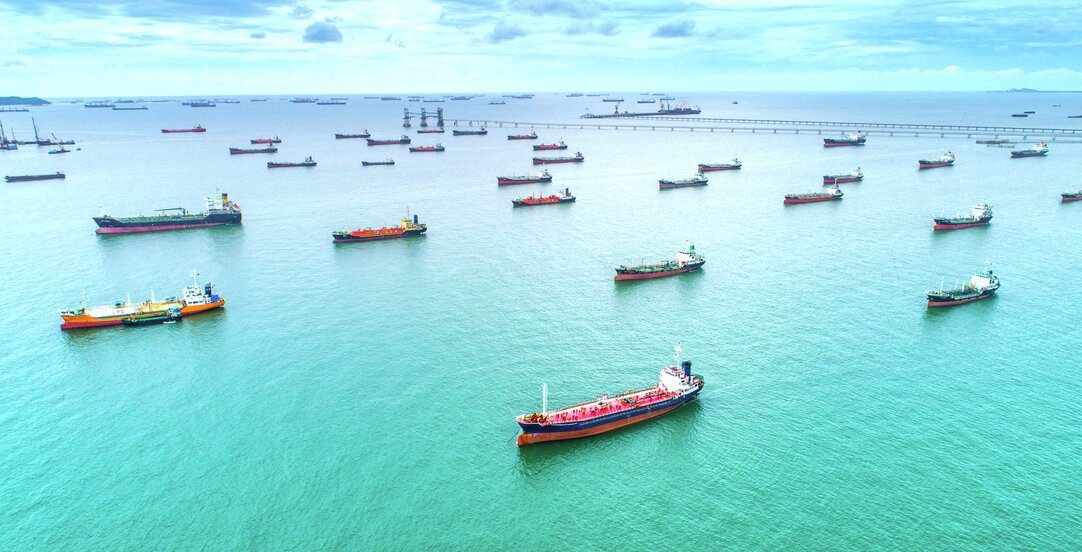ASBAGASVOY 2020 – a new voyage charter for gas tankers

BIMCO and the Association of Ship Brokers & Agents (“ASBA”) recently released a dedicated gas tanker voyage charterparty, the ASBAGASVOY 2020. The form is a based on the well-established ASBATANKVOY form for product tankers and has been developed in response to the growth of the gas spot market.
The new charter form is intended to be used for vessels transporting LPG, anhydrous ammonia, and chemical gases, which is an industry sector that has seen significant expansion over the last decade.
Gas tanker fixtures have often been conducted on the basis of amendments to the ASBATANKVOY form and other tanker forms. However, the unique nature of storing and transporting gas poses technical and operational challenges that have, in the view of many industry players, not been adequately addressed in the forms traditionally used in the gas trade. In the words of the BIMCO President, Sadan Kaptanoglu, the introduction of the new form serves to “save time and reduce the risk of contractual disputes” by reflecting industry commercial practice and setting out the necessary terms in a clear and concise way.
Gas specific clauses
The main purpose of the ASBAGASVOY form was to introduce provisions that address issues that are unique to gas tankers, whilst at the same time retaining the familiar clause numbering and structure of the ASBATANKVOY form.
The new form introduces a presentation clause (Clause 18), setting out the agreed condition of the cargo tanks at the loading terminal. This is a key technical element in gas transportation. The BIMCO/ASBA drafting committee for the new form has commented that the presentation clause is of key importance for when the notice of readiness can be served to start the running of laytime, and with respect to a potential cancellation of the charter. The new presentation clause provides three options for the condition of the vessel’s tanks, the latter of which allows the charterers and owners to insert their own bespoke agreed presentation requirements. We expect the “bespoke” option to be frequently used in light of the varying requirements of charterers and terminals.
Another important technical aspect of the gas trade covered by Clause 4 is the temperature at which the charterers shall supply, and the vessel shall discharge, the gas to be transported. The required loading and discharging temperatures are to be agreed between the charterers and owners and included in Part I of the charter.
The gas transportation sector has a particularly high focus on safety and environmental responsibility. The inclusion of the new Clause 13 in the form is therefore highly relevant and appropriate. The clause requires the owners to warrant that they are familiar with the characteristics of the gas cargo, its required handling and safety requirements and that the vessel and crew is certified for the carriage of the relevant gas cargo.
BIMCO and ASBA have also developed a new bill of lading form, the ASBAGASBILL, to be used with the new form. The new bill of lading form is based on BIMCO’s CONGENBILL 2016 and is expected to be widely used with the ASBAGASVOY form.
Use of the new form
The shipping industry often takes some time to get used to and adopt newly introduced forms. However, in light of many industry players having held the view that there is a need for a gas specific voyage charter standard form, ASBAGASVOY is likely to be a popular choice for gas tanker fixtures in the future. The well-known structure and layout of the new form and its similarities to ASBATANKVOY, should also assist in it being quickly adopted by the industry.

